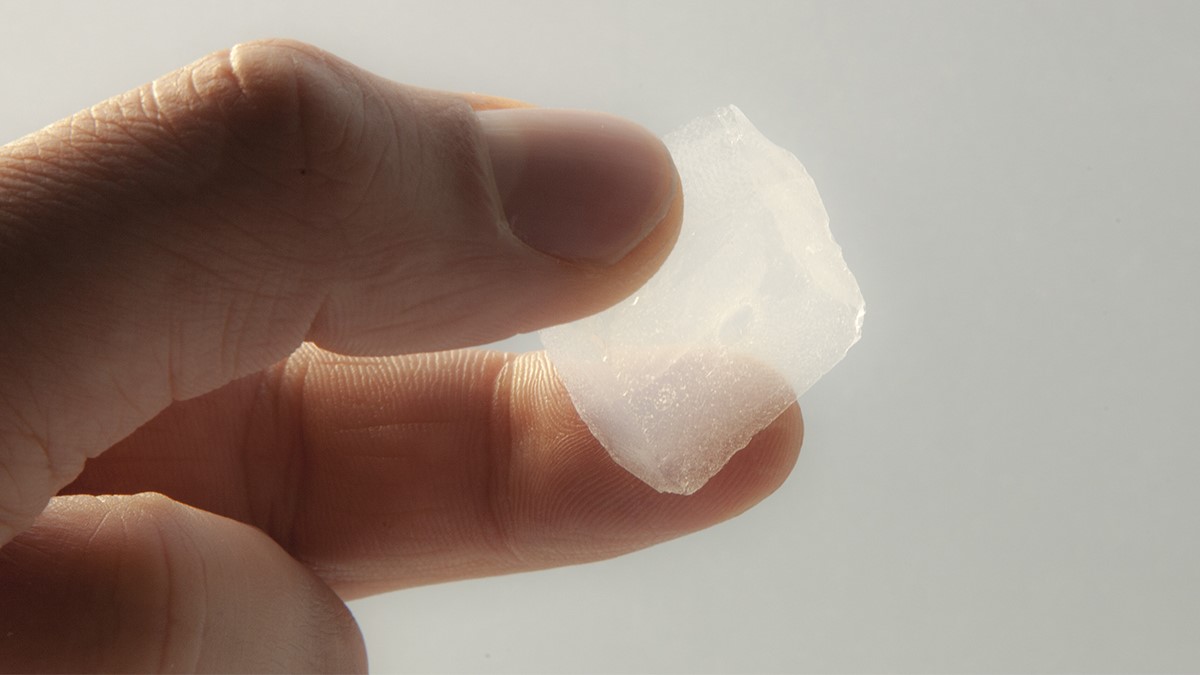German and French researchers are studying new ways to extract cellulose from waste hemp fibres to make aerogels, high-tech materials that have a wide range of industrial uses.
While aerogels have historically been made from highly polluting inorganic matter such as silica or alumina, the research aims to advance their development from more eco-friendly organic polymers and carbon.
“This opens the door to use waste hemp fibres as a main source of cellulose for these materials, which can be extracted under mild conditions, using cheap and safe reactants,” said Diogo Costa, a fellow in the Marie Skłodowska-Curie European Industrial Doctorate program who is researching the material as part of his wider study into biobased and circular economies.
Costa’s research is funded by a grant from the Biobased Value Circle (BVC), a consortium of four European universities, one research institute and nine European companies.
Aerogels were first invented in the 1930s and have received growing attention over the last 20 years for their application to supercapacitor, ultracapacitor, battery and desalination electrodes; as high-temperature insulation material; and as a catalyst for carbon nanotubes and other materials. Solid but porous, the material offers the key advantage of low thermal conductivity – heat transfer.
NASA uses aerogels for insulation in launch and shuttle vehicles, life support equipment, rocket engine test stands and hand and feet insulation for astronauts. Commercial applications include pipe insulation, construction, appliances and refrigeration equipment, and automobiles, as well as consumer applications, such as apparel.
Research so far has shown that aerogels produced from hemp-extracted cellulose in the form of beads, sheets and cylindrical monoliths are as efficient as those obtained from commercial industrial cellulose, according to Costa.
Cellulose, which comprises 65%-75% of hemp fibers’ bio-chemical makeup, is particularly interesting due to its abundance, biocompatibility and because it can be obtained from waste resources, Costa said.
“This new set of materials will open new opportunities for growth to hemp-based companies, and can create new and better jobs in rural communities, all the while offering the well-known environmental benefits of hemp,” he said. “Aerogels will become an increasingly bigger and more interesting market that the hemp industry can participate in, from producers who want to profit from their wastes, to new sectors, new companies and investors.”
According to New York-based researcher Future Market Insights, the aerogel market is roughly $1 billion and is expected to grow 17% annually through 2030.




